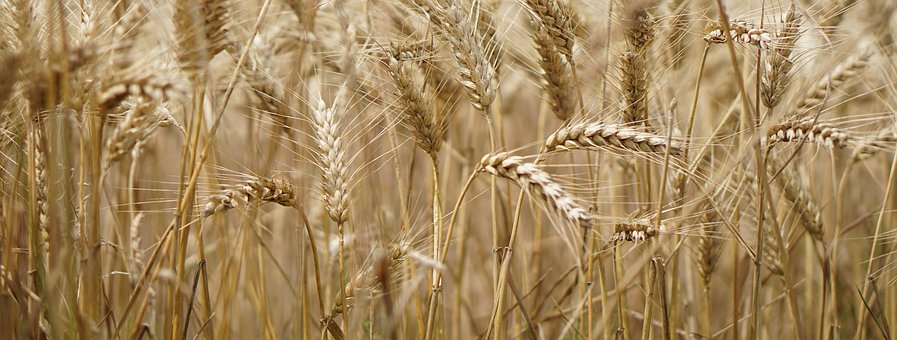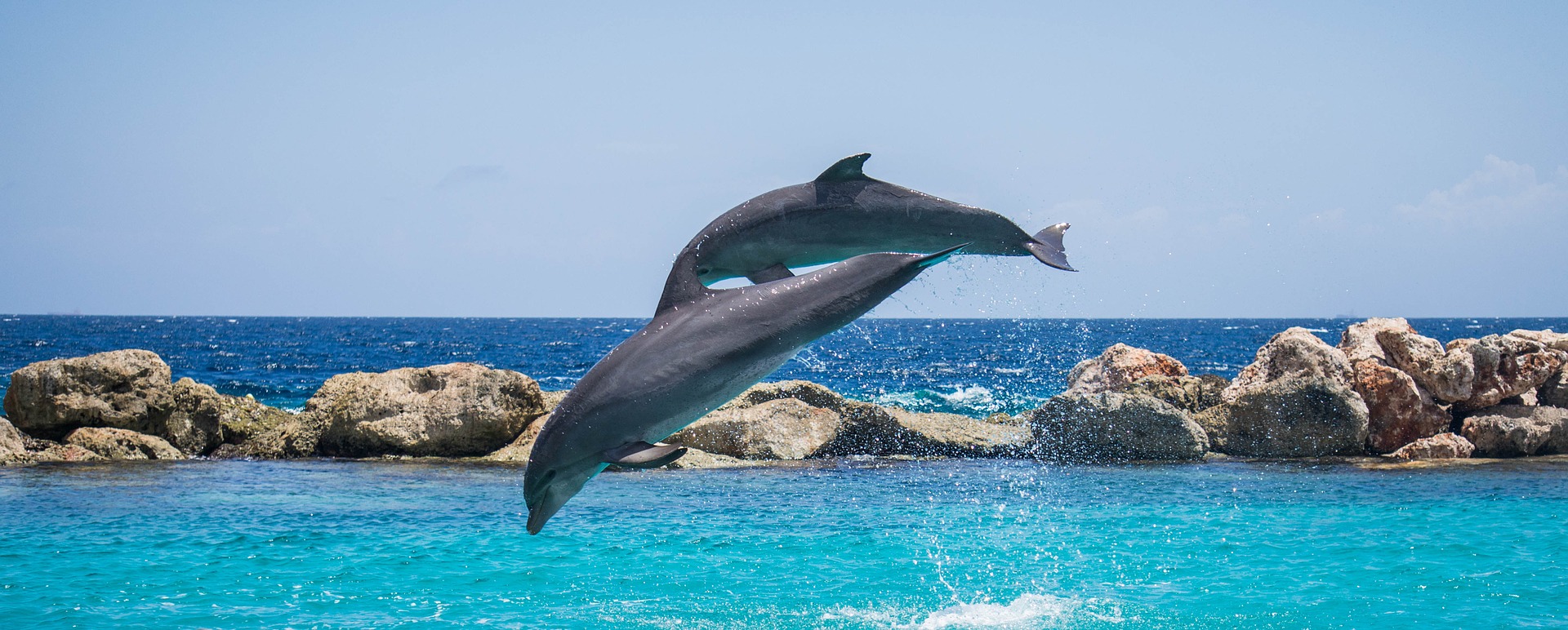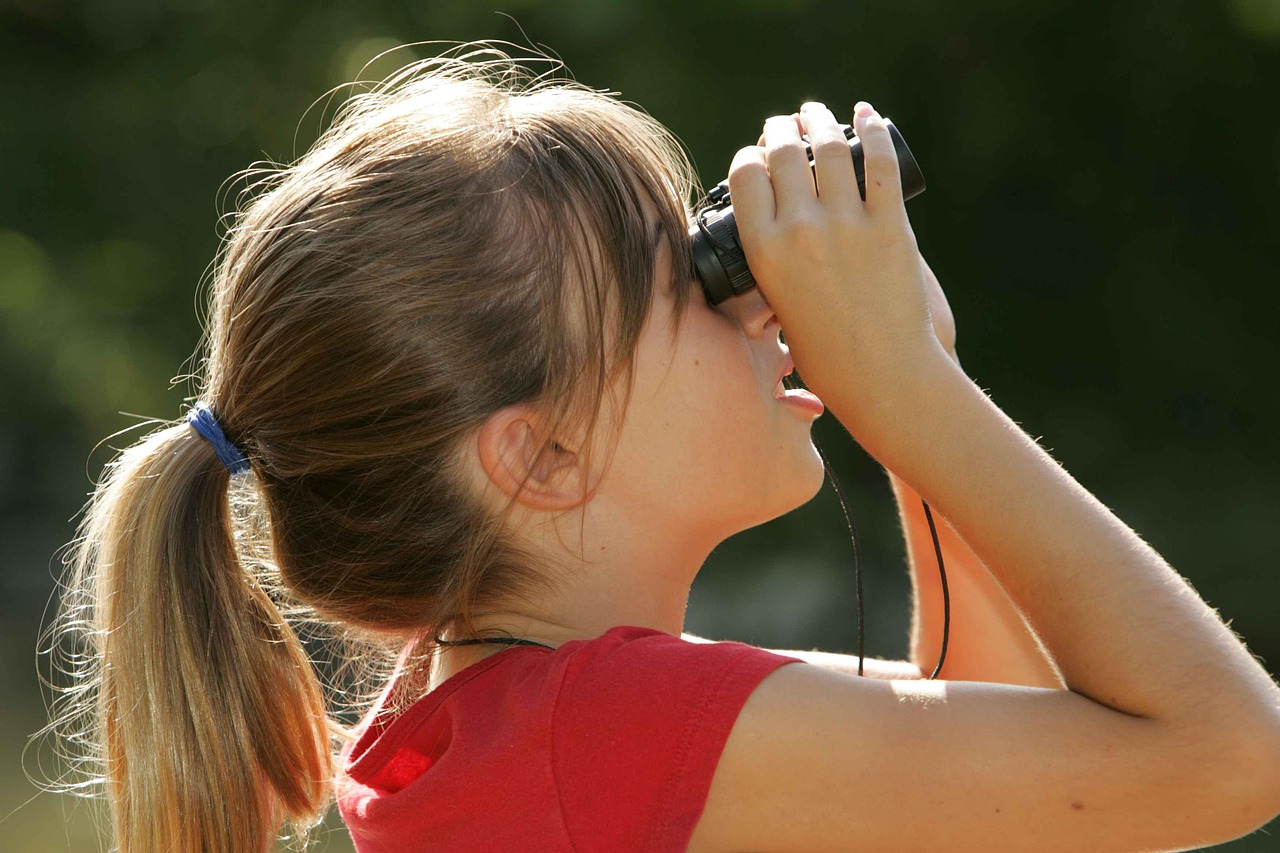
Maria Montessori, in the fourth chapter of her most important work, “The method of scientific pedagogy”, which later became “The discovery of the child”, highlights the importance of nature in education and training.
“In our time and in the civil environment of our society children live very far from nature and have few opportunities to enter into intimate contact with it or have direct experience. (…) we all voluntarily took prisoners and ended up To love our prison and pass it on to our children, nature has gradually narrowed, in our conception, to the little flowers that they grow and to domestic animals that are useful for our nutrition, for our work or for our defense. our soul has also shrunk: it has adapted to contain contrasts and contradictions: to confuse even the pleasure of seeing animals, with being close to the poor animals destined to die to feed ourselves, or to contemplate the song and the beauty of birds captive in small cages, with a kind of nebulous ‘love of nature’ There is also no prejudice that carrying a bit of sea sand into a container shaped like a the table is ‘give immense help’ to the child? In fact, many times, it is thought that the seashore is educational because there is the sand as in the vessel. Thus in a secular captivity, we reach the most absurd conclusions. “
It is starting from these considerations that we see, in bringing to class a bird of prey, yet another form of wrath of the soul, a way of transmitting imprisonment to our children.
For some time now in our country, which still preserves healthy territories in which birds of prey have their place, there are many events in which there are people who practice falconry too often free from opportunities and every good practice of conservation of nature and its resources. What does it teach, to the children who take part in the demonstrations with their families, to show wild animals tied to a glove or to be launched against other animals? To caress those who pass by these poor animals prisoners means to teach them that it is lawful to “use” animals as toys.
The skies of Italy are crossed by the flights of many raptors in freedom, which can be shown to adults and children as they fly free in the open spaces. After the great battles for not having circus shows with trained animals, we now find birds of prey stolen from their freedom in schools, which should be the temple of a culture that redeems the human being from its animality and makes it rise to free spirit. We are painfully disconcerted as professionals of scientific divulgation and teaching of the territories. Preferring pret-a-porter contact with wild animals to the possibility of observing them in nature means giving up the younger generation tools and methods for reading more and more extensive physical spaces, to help them become adults, able to conquer those mental spaces able to understand the universal dimensions.
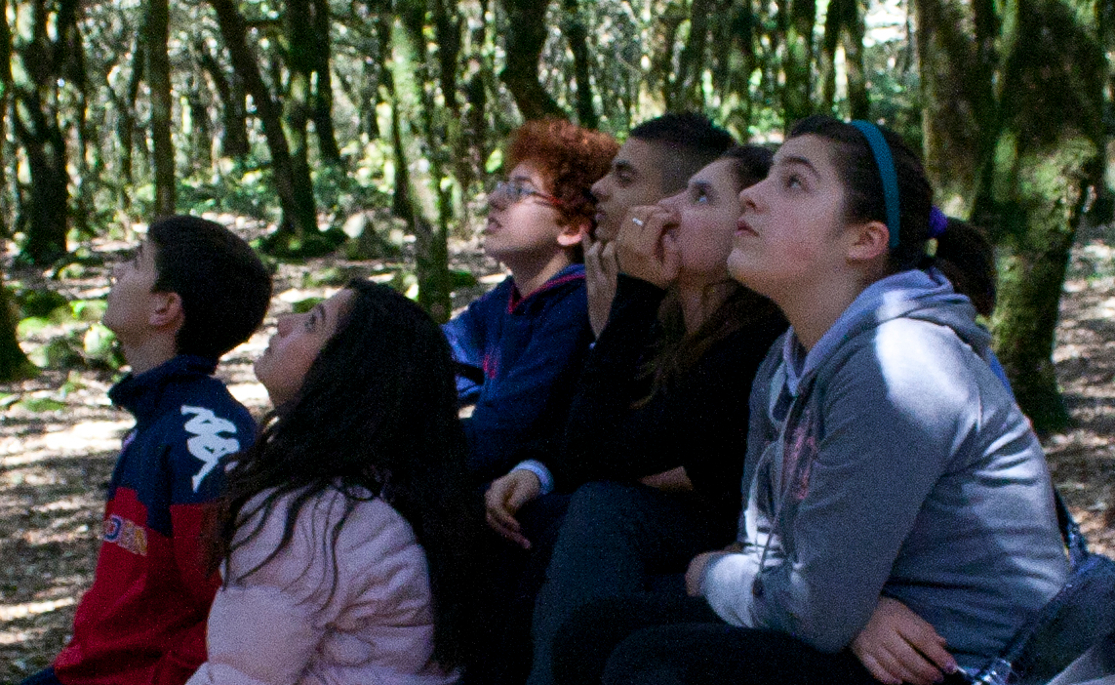
To allow birds of prey to enter the schools on the pretext of promoting new approaches to nature means renouncing the principles on which environmental education is based, which is expressed through educational action and education by acting. Education that requires paths in which to understand, observe, do, care, which involve values, knowledge, knowledge, opinions, emotions, operations, relationships, on which proposals and elements of a possible future are formed; on which they are built
exploratory spirit and the processes of knowledge construction (Charter of Principles for environmental education oriented to sustainable and conscious development, Fiuggi, 1997).
Educating to respect for nature is equivalent to transmitting the value of respect for each self and for every other living being, is equivalent to transfusing the value of life in all its expressions: smells, sounds, colors; it means to transfuse the philosophy that everything belongs and exists beyond the existential boundary of each of us and that therefore nothing of what is in nature constitutes “property” of anybody, but rather “universal patrimony”. Inalienable heritage, a heritage that must be preserved, protected and preserved (E. Capodiferro, 2010).
Birds of prey are wild animals that occupy the apical part of the food pyramid in all ecological systems: they are super-predators and play a crucial role in regulating the balance of the ecosystems they belong to. Considering them as pets only because those who exhibited them have bought them from breeders, is a very serious mistake. A pet hardly survives the abandonment, the birds of prey, however, succeed very well. These animals are present in all habitats with many species adapted to different environmental conditions, in the dark and in the light; their sense organs are extremely delicate. To bring a nocturnal bird of prey in the middle of the noise means to subject his sensitive hearing and his specialized eyes in the dark to an unmotivated and cruel torture. Even for diurnal birds of prey such as hawks and eagles, which are solitary animals, being surrounded by so many people is terrible. To caress or touch a bird’s plumage means to risk ruining its thermal insulation and waterproofing system.
We must not forget that the claws of birds of prey have been “built” by nature to kill; they are strong and sharp: approaching them in a vocational class can involve risks. A sudden noise, a misunderstood attitude can trigger in the raptor a defense reaction that can become very dangerous ..
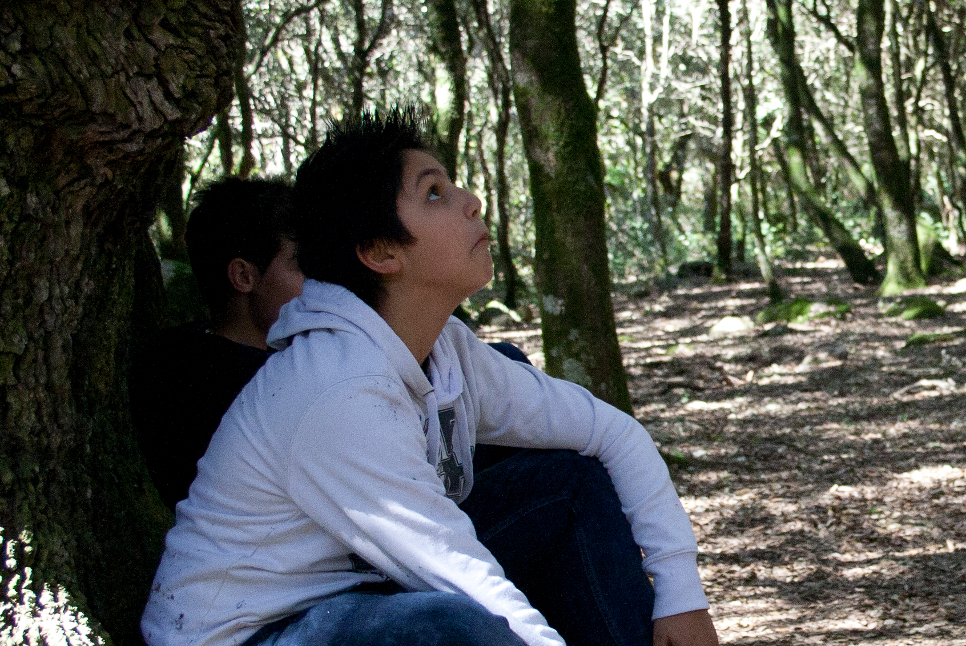
We therefore hope that schools, at a time when lifestyles support the civilization of today, will undertake educational courses of a naturalistic nature that will help to overcome the culture of the hic et nunc, completely and immediately, projecting young people into the dimension of a time that is not consumed by the moment, which is not circumscribed to the synchronism of the immediate, but which can be useful to perceive the dimension of diachrony. To grasp the dimension of the temporal arc of life, whose present, even if historically anchored to the past, can only project itself towards a future made of research and discoveries, in which the only constraints must be represented by respect for oneself and the others and not from the leather laces that tie the legs of animals that must be able to FLY FREE.
This document, addressed to all Italian teachers, is an integral part of the VOLARE LIBERI campaign promoted by EARTH GARDENERS to which they belong:
AFNI (Italian Naturalist Photographers Association)
ARDEA (Association of Research, Dissemination and Environmental Education)
Environment Committee Sassari
CISNIAR (Italian Center for Artificial Nests Studies)
GOS (Sardinian Ornithological Group)
LAV (Anti-Vivisection League)
Legambiente
LIPU (Italian League for Bird Protection)
MASCI (Italian Adult Scout Adults Movement)
WWF (World Wildlife Fund)
ZOE-Antispecist Project
Zoeticamente.
Credits:
Author: Anna Lacci is a scientific popularizer and expert in environmental education and sustainability and in territory teaching. She is the author of documentaries and naturalistic books, notebooks and interdisciplinary teaching aids and multimedia information materials.
Translation by Maria Antonietta Sessa


